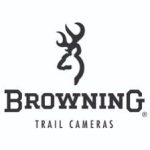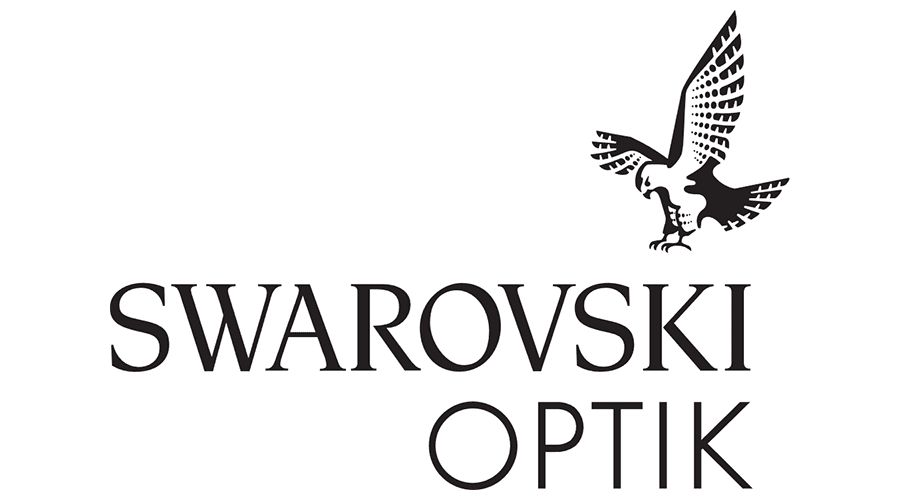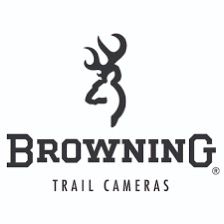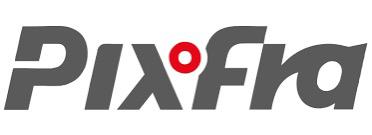When it comes to wildlife watching, having the right pair of binoculars can make all the difference. Whether you’re observing birds, mammals, or even insects up close, a quality optic can enhance your experience significantly. However, with so many options available, selecting the right binoculars can feel overwhelming.
At Nature Optics, we specialize in providing high-quality binoculars and telescopes to help you get the most out of your wildlife adventures. This comprehensive guide will walk you through everything you need to know about choosing the perfect binoculars for wildlife watching in the UK.
Why Invest in Quality Binoculars for Wildlife Watching?
Binoculars are an essential tool for nature enthusiasts. They allow you to observe wildlife from a distance without disturbing them, providing a closer and more detailed view than the naked eye. Investing in high-quality binoculars ensures:
- Sharper Images – High-end lenses provide clear, crisp images with vibrant colors.
- Better Light Transmission – Essential for low-light conditions such as dawn or dusk.
- Comfort and Ease of Use – Well-designed binoculars are ergonomic and reduce eye strain.
- Durability – Waterproof, fog-proof, and shock-resistant models last longer.
Understanding what features matter most will help you make an informed decision when selecting binoculars for your wildlife adventures.
Understanding Binocular Specifications
When shopping for binoculars, you’ll come across a lot of technical terms and numbers. Here’s what they mean:
Magnification and Objective Lens Diameter
Binoculars are labeled with numbers like 8×42 or 10×50. Here’s what these figures represent:
- Magnification (first number) – This tells you how many times closer the image appears. For example, an 8×42 pair of binoculars magnifies the subject eight times closer than what you see with the naked eye.
- Objective Lens Diameter (second number) – This refers to the size (in millimeters) of the front lenses. A 42mm lens gathers more light than a smaller one, resulting in a brighter image.
For general wildlife watching, an 8×42 or 10×42 is ideal as they offer a balance between magnification, brightness, and field of view.
Field of View (FoV)
Field of view determines how much of the scene you can see through the binoculars. A wider FoV is beneficial for tracking moving wildlife like birds. Lower magnifications tend to have a wider FoV, making it easier to spot and follow animals.
Exit Pupil
The exit pupil size is calculated by dividing the objective lens diameter by the magnification (e.g., 42 ÷ 8 = 5.25mm). A larger exit pupil provides better low-light performance, which is important for dawn and dusk observations.
Eye Relief
If you wear glasses, look for binoculars with at least 14mm of eye relief. This ensures you can see the entire field of view without distortion.
Choosing the Right Binoculars for Different Wildlife Watching Scenarios
Best Binoculars for Birdwatching
- Recommended Specs: 8×42 or 10×42
- Why? A balance of magnification, brightness, and wide field of view makes it easier to track birds in flight.
Best Binoculars for Mammal Watching
- Recommended Specs: 10×42 or 10×50
- Why? Higher magnification helps spot animals from a distance, while a larger objective lens ensures a bright image.
Best Binoculars for Low-Light Viewing
- Recommended Specs: 8×56 or 10×50
- Why? Larger objective lenses gather more light, making them ideal for dawn and dusk wildlife spotting.
Best Compact Binoculars for Hiking & Travel
- Recommended Specs: 8×25 or 10×32
- Why? Lightweight and easy to carry, perfect for long hikes or casual wildlife observations.
Additional Features to Consider
Waterproof & Fog-Proof Design
The UK’s weather can be unpredictable. Opt for binoculars that are fully waterproof and nitrogen- or argon-purged to prevent fogging in humid or cold conditions.
Lens Coatings
High-quality binoculars feature multiple layers of lens coatings to reduce reflections and enhance light transmission. Look for fully multi-coated lenses for the best image clarity.
Prism Type: Roof vs. Porro
- Roof Prism Binoculars – More compact, durable, and waterproof. Great for outdoor use.
- Porro Prism Binoculars – Offer wider depth perception and are usually more affordable but bulkier.
Focus System
- Central Focus – Common in most binoculars and easy to adjust.
- Individual Focus – Useful for marine and extreme conditions but not ideal for quick focusing.
Testing Binoculars Before Buying
If possible, test multiple models before making a purchase. Here’s how:
- Check Image Quality – Look for sharpness, brightness, and color accuracy.
- Test in Low Light – Ensure the binoculars perform well at dawn or dusk.
- Assess Comfort – Make sure they fit well in your hands and feel comfortable for extended use.
- Look for Chromatic Aberration – Minimal color fringing ensures a more natural view.
- Evaluate Focus & Adjustments – Make sure the focusing wheel is smooth and easy to use.
Caring for Your Binoculars
To extend the life of your binoculars:
- Store in a Padded Case – Protects from dust, moisture, and accidental damage.
- Use a Lens Cleaning Kit – Avoid wiping lenses with your shirt; use a microfiber cloth.
- Keep Rainguards & Lens Covers On – Shields the lenses when not in use.
- Check the Strap & Adjust for Comfort – Ensures they hang correctly and don’t strain your neck.
Learn More: The Ultimate Guide to Trail Cameras: Choosing the Best for Wildlife & Security
Conclusion: Choosing the Best Binoculars for Your Needs
Finding the right binoculars for wildlife watching in the UK depends on your specific needs and budget. At Nature Optics, we offer a wide range of binoculars and telescopes to suit every wildlife enthusiast, from beginners to professionals. By understanding the key features, testing different models, and considering your intended use, you’ll be able to invest in a pair of binoculars that will serve you for years to come.
Explore our collection today and take your wildlife watching experience to the next level!


 Browning
Browning Infiray
Infiray Pixfra
Pixfra Pulsar
Pulsar Swarovski Optik
Swarovski Optik Thermtec
Thermtec Vortex
Vortex Zeiss
Zeiss








